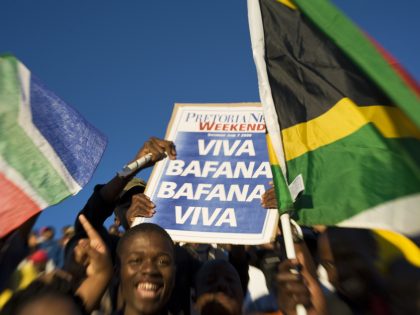Why Are Colombian Teachers Protesting Their Government?
Colombian teachers resist neoliberalism's global project in education.
Last year, still riding the hype of his reelection, Colombian president Juan Manuel Santos stated as a national goal that Colombia would be Latin America’s ‘Most educated country’ by 2025. Around six months later, in April 27th, 2015, the streets in Colombia’s main cities were flooded by thousands of public school teachers, in their fifth day of national, indefinite strike. What has brought about this strike? What are its main implications?
Traditionally, schoolteachers have been significant political actors in the Colombian context. Their closeness to communities turns them into attractive targets for political actors in order to spread agendas and collect voters’ support. However, this has also endangered teachers, as they become targets of armed groups through threats, intimidation and murder. And this, of course, is a bigger problem in regions particularly hit by conflict, as was the case with Antioquia and Cesar throughout the 90s.
These two regions, turned into laboratories for the paramilitary project, saw the figures of murders and threats to teachers skyrocket to an alarming total of 737 combined incidents in Antioquia and 522 in Cesar between the years of 1997 to 2002, according to a report released by Mario Novelli and Education International in 2009. As a result, relations between FECODE, the country’s teachers union, and the government have been traditionally conflictive.
In the current strike, heralded by FECODE and the regional teachers’ unions, their demands are centered around three points: improvements to their healthcare provider, salary raises and a revamp of teacher evaluation schemes. The historically low wages teachers collect in the country, and their heavy workloads have led to a somewhat poor representation of the profession in society, going so far as to creating the term ‘pobresor,’ a portmanteau of the words ‘pobre’ (poor) and ‘profesor’.
Low wages have also been cited as one of the reasons for poor quality in teaching, as the prospect of low wages does not attract top high school graduates into the country’s schools of education. And, while there is a consensus on the need for raising these wages, the government’s proposals have not satisfied teachers, or even the private sector. A report released by the Compartir Foundation last year demanded a pay raise of at least 18%, well above president Santos and minister of education Gina Parody’s proposed 10% increase.
Payment raises are also involved in the second most contentious point of the strike, as the government seeks to develop means to improve the quality of education. Teacher evaluation has been constantly discussed in the last 15 years as the preexisting legal framework, established in 1979, did little to foster professional development of teachers, conditioning pay grade advancement to seniority.
In this quest for educational improvement, minister Parody has slowly rolled out measures that closely resemble the ones provided by the No Child Left Behind policy of the United States: conditioning bonuses and incentives for schools to students’ performance in standardized tests. This is a situation that, if left unsupervised, might lead to scenarios as the one reported by The New Yorker in Atlanta, leading to a culture of ‘teaching for the test’ at best, and a well-oiled, school-wide test cheating operation involving principals and faculty at worst.
In the broad picture, the ongoing strike in Colombia reflects the consequences of implementing an unchecked, technocratic approach to education policy, where teachers are regarded as voiceless technicians with little say on policy implementation and development.
While a degree of accountability is necessary and demanded in order to raise education results and quality, contextual variables must be acknowledged and accounted for. Not doing this will exacerbate the current situation and create a lose-lose scenario where government, teachers, parents and students are the losers.



















